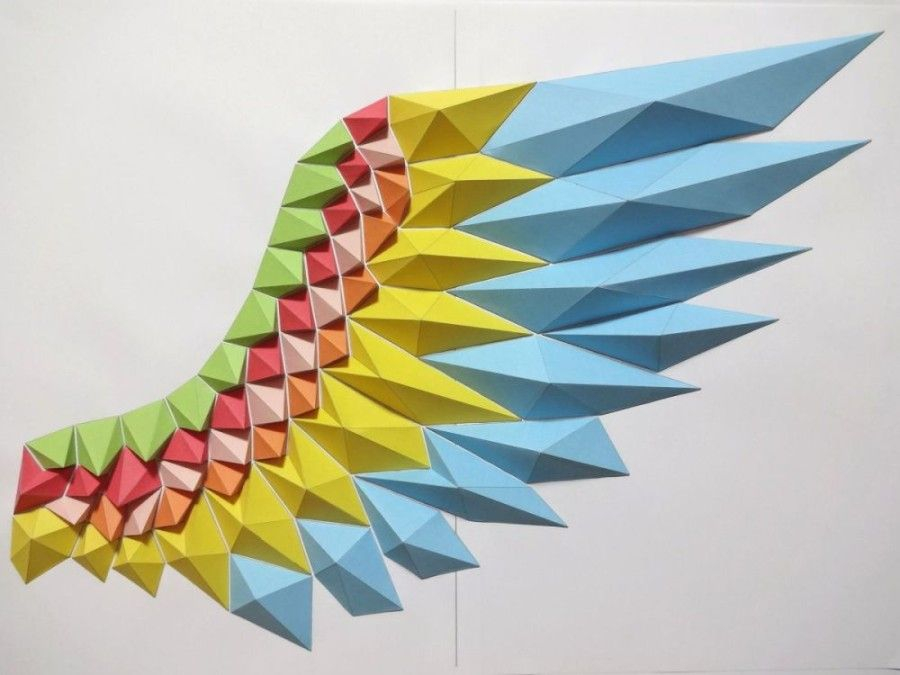
Craft design encompasses a wide range of disciplines and artistic expressions, and the popularity of specific courses may vary depending on factors such as cultural trends and regional preferences. However, there are several courses that tend to be popular among students interested in craft design. Here are some of them:
Jewellery design courses teach students the art of creating unique and aesthetically pleasing jewellery pieces. They cover various techniques such as metalworking, gemstone setting, beadwork, and wirework. Students learn about design principles, materials, and tools used in jewellery making. They also gain knowledge about different styles and trends in the jewellery industry.
Textile design courses focus on creating patterns, prints, and surface designs for fabrics. Students learn techniques such as screen printing, block printing, dyeing, and weaving. They study colour theory, fabric manipulation, and textile technology. Textile design courses often explore various applications such as fashion design, home furnishings, and textile art.
Ceramics courses introduce students to the art of creating pottery and ceramic objects. They learn techniques like wheel throwing, hand-building, glazing, and firing. Students gain an understanding of clay properties, kiln operations, and surface decoration. Ceramics courses may cover functional pottery, sculptural ceramics, or a combination of both.
Furniture design courses focus on designing and constructing functional and aesthetically pleasing furniture pieces. Students learn about ergonomics, materials, joinery techniques, and woodworking tools. They gain skills in sketching, 3D modelling, and prototyping. Furniture design courses often emphasise sustainability and the use of eco-friendly materials.
Glassblowing courses teach students the intricate art of shaping molten glass into various forms. They cover techniques such as gathering, blowing, moulding, and annealing. Students learn about different types of glass and decorative techniques like glass fusing, slumping, and etching. Glassblowing courses require careful handling of hot glass and are often conducted in specialised studios.
Leatherworking courses focus on the craftsmanship of working with leather to create accessories, footwear, and garments. Students learn techniques like cutting, stitching, tooling, and leather dyeing. They gain an understanding of leather types, finishes, and pattern making. Leatherworking courses often incorporate design elements and provide insights into the fashion and accessories industry.
Paper craft courses explore the art of working with paper to create decorative and functional objects. Students learn techniques such as origami, quilling, paper cutting, and bookbinding. They experiment with various paper types, textures, and colours. Paper craft courses often involve the creation of greeting cards, paper sculptures, artist books, and paper-based installations.
These are just a few examples of popular courses in craft design. The field of craft design is diverse and constantly evolving, offering a wide range of creative opportunities for individuals passionate about craftsmanship and artistic expression. It's important to research specific educational institutions or programs to find the courses that align with your interests and goals.